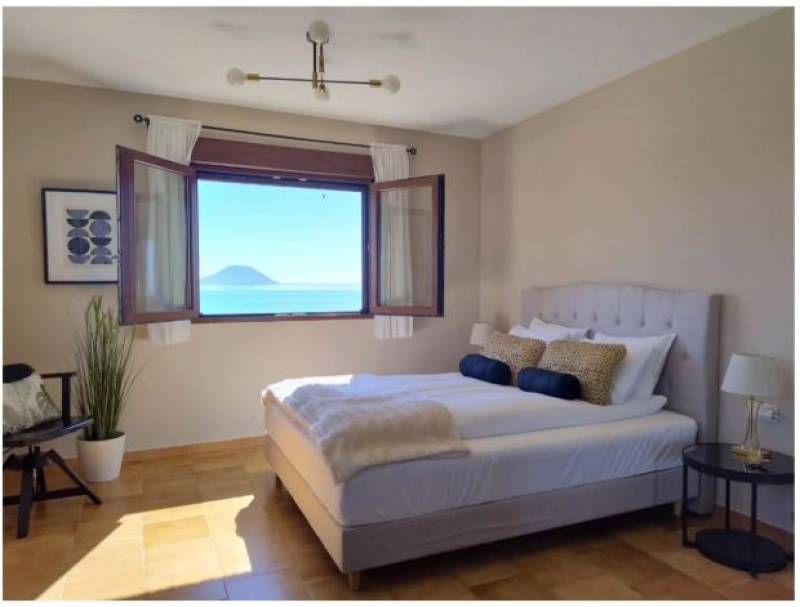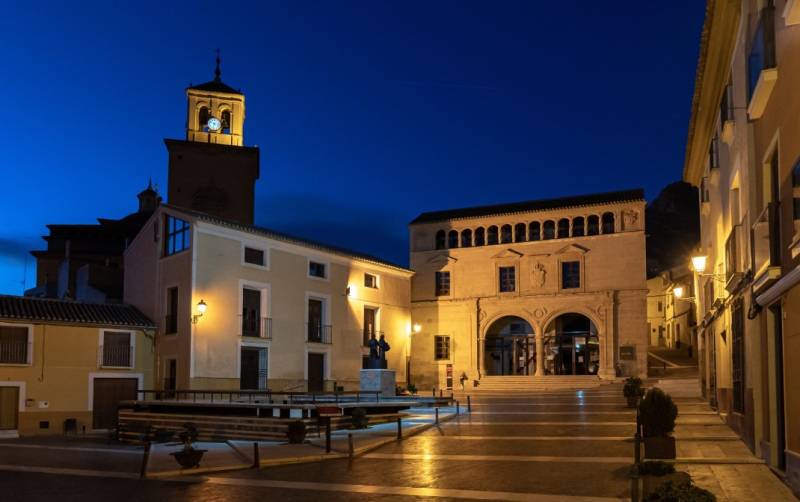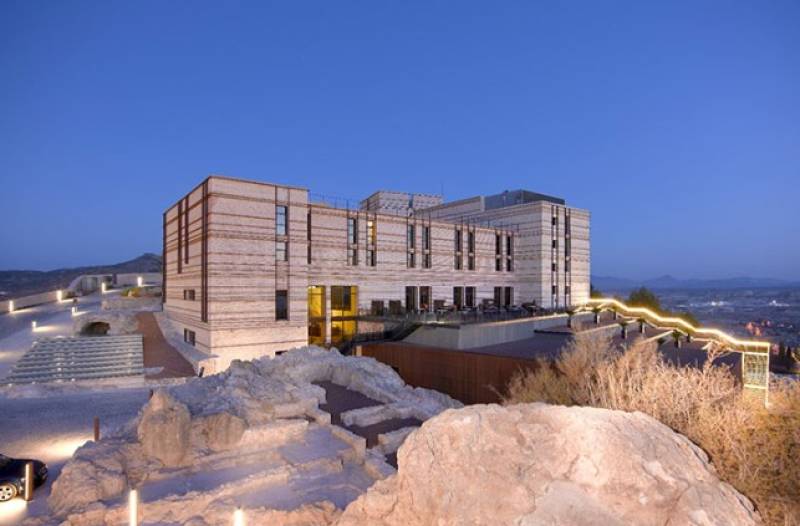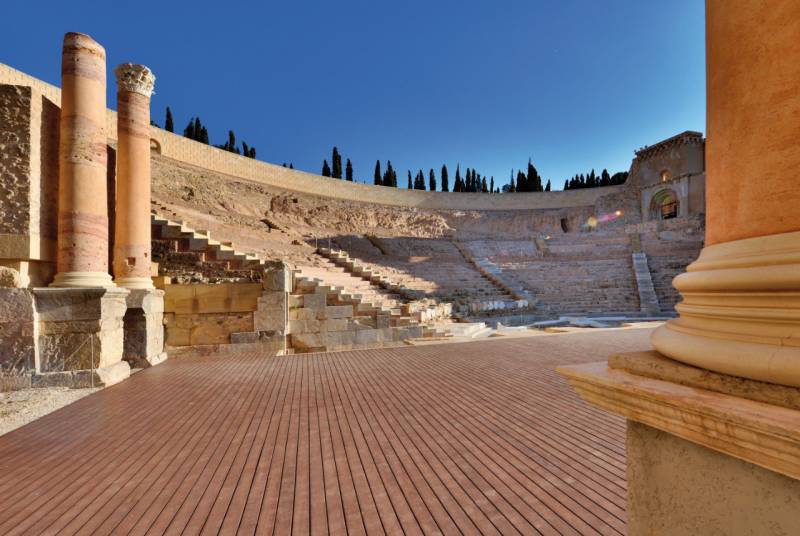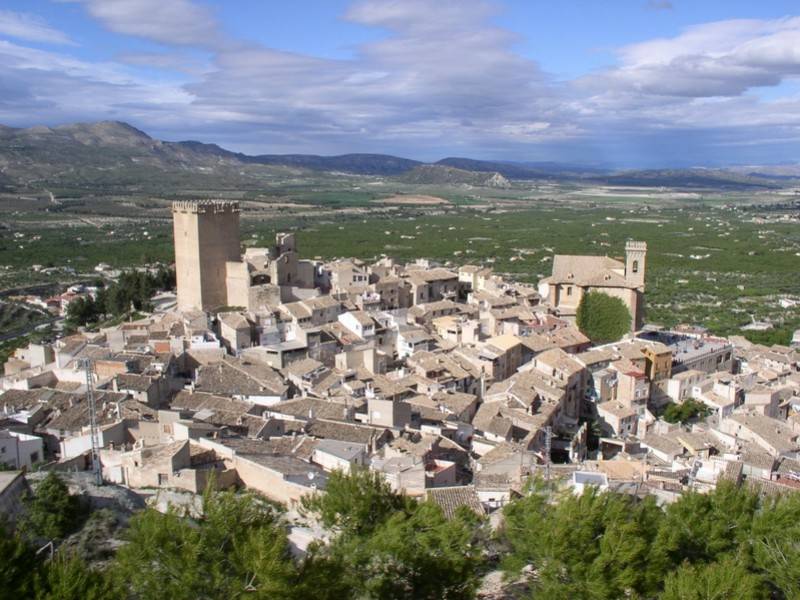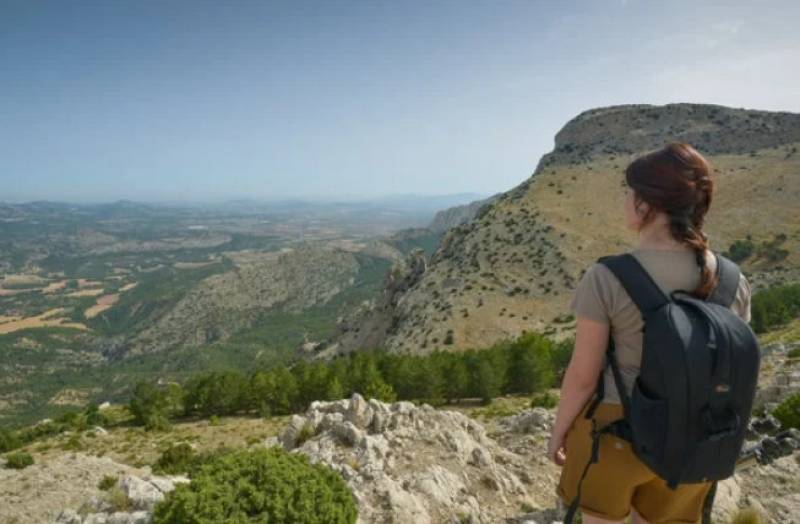

Guidelines for submitting articles to San Pedro del Pinatar Today
Hello, and thank you for choosing San Pedro del Pinatar.Today to publicise your organisation’s info or event.
San Pedro del Pinatar Today is a website set up by Murcia Today specifically for residents of the urbanisation in Southwest Murcia, providing news and information on what’s happening in the local area, which is the largest English-speaking expat area in the Region of Murcia.
When submitting text to be included on San Pedro del Pinatar Today, please abide by the following guidelines so we can upload your article as swiftly as possible:
Send an email to editor@spaintodayonline.com or contact@murciatoday.com
Attach the information in a Word Document or Google Doc
Include all relevant points, including:
Who is the organisation running the event?
Where is it happening?
When?
How much does it cost?
Is it necessary to book beforehand, or can people just show up on the day?
…but try not to exceed 300 words
Also attach a photo to illustrate your article, no more than 100kb

The military air base and aerodrome of Los Alcazares
A historic installation on the shore of the Mar Menor which was of great importance in the early 20th century
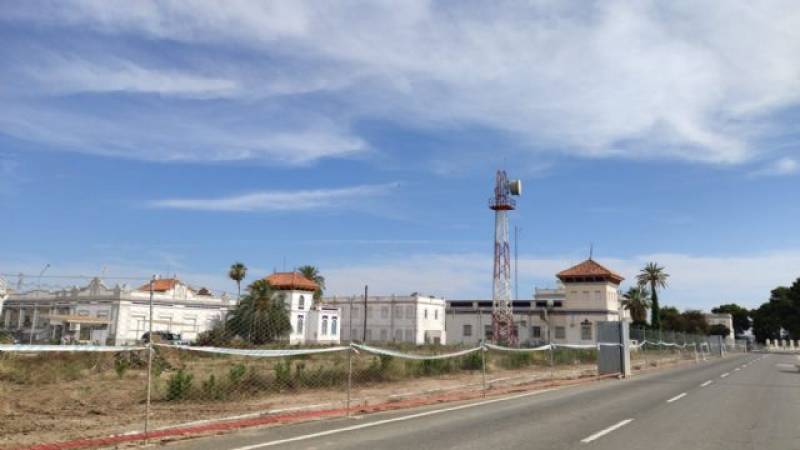 The skies over Los Alcázares may be quiet these days, particularly since the closure to Passenger flights of the nearby airport in San Javier, but 100 years ago the town was at the forefront of Spanish aviation pioneering.
The skies over Los Alcázares may be quiet these days, particularly since the closure to Passenger flights of the nearby airport in San Javier, but 100 years ago the town was at the forefront of Spanish aviation pioneering.
In 1916 the first military seaplane base in Spain was opened, and over the following decades this was one of the most important installations of its kind in Europe, both from a military point of view and in the world of aviation.
The base was created in 1915 and was, along with the burgeoning tourism activity, a vital factor in the growth of the town in the early 20th century as personnel were stationed here and civilian workers migrated to Los Alcázares in order to find employment. It was a strategically important centre during the Spanish Civil War (1936-39) and subsequently, but of course in the second half of the century its importance waned and seaplane or hydroplane flights ceased many years ago.
However, the buildings and facilities still remain at the southern edge of the town, and free guided tours are sometimes offered, during which insights can be gained into how the facility worked and the impact it had on the town. Also included are stories about some of Spain’s most important aviators, including Ramón Franco, brother of the man who was Spain’s dictator for decades although he never lived to see it – he lost his life while on a bombing mission during the Civil War, before Francisco Franco emerged the victor in the conflict.
Click here for a brief history of Los Alcázares.
History of the base
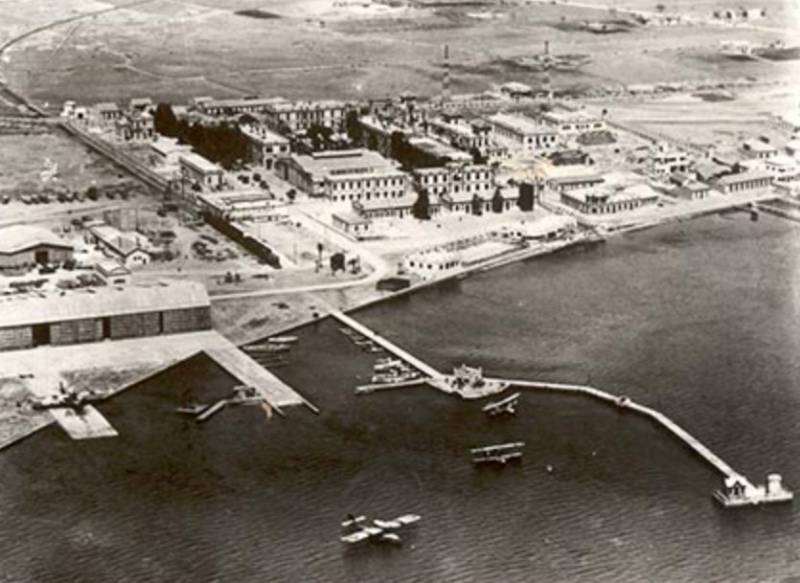 After a lengthy period of deliberation Colonel Vives chose the site in Los Alcázares as the ideal location for Spain’s first military seaplane base, and in December 2015 a Curtis seaplane was already flying over the waters of the Mar Menor surveying the area. Within months the pilots were integrating into the life of the town, and during the annual summer regattas in 2016 the flights of Captains Valencia, White and Navarro thrilled the crowds on the shore.
After a lengthy period of deliberation Colonel Vives chose the site in Los Alcázares as the ideal location for Spain’s first military seaplane base, and in December 2015 a Curtis seaplane was already flying over the waters of the Mar Menor surveying the area. Within months the pilots were integrating into the life of the town, and during the annual summer regattas in 2016 the flights of Captains Valencia, White and Navarro thrilled the crowds on the shore.
More land was expropriated by the national government in 1920 to build an Aeronautics School, and one of the students admitted that year was Rafael Martínez Esteve, future Colonel. The facilities were further increased in 1921 when Aerial Combat and Bombardment School was created and the Conde de Romanones donated the island of Perdiguera (in the Mar Menor) to the military for use as a gun base. The first practice shots were fired there on 17th November of that year.
The growing importance of Los Alcázares was illustrated on 12th May 1922 by a visit from Prince Alonso de Orleáns, a keen aviator who stayed overnight in the Hotel-Balneario de La Encarnación, which still remains on the seafront in the town before indulging in some light machine-gun practice and flying a Bristol aircraft the following day. This was followed by the first night flights at Los Alcázares, piloted by Súnico and Díaz Montero and the Italian Guarniere.
But the most important visitor arrived a year later, on 21st March 1923, when none other than King Alfonso reviewed the staff of the training batallion and toured the hangars and other offices of the aerodrome. He then admired an exhibition of Bristol seaplanes as they carried out a demonstration bombardment of Isla Perdiguera.
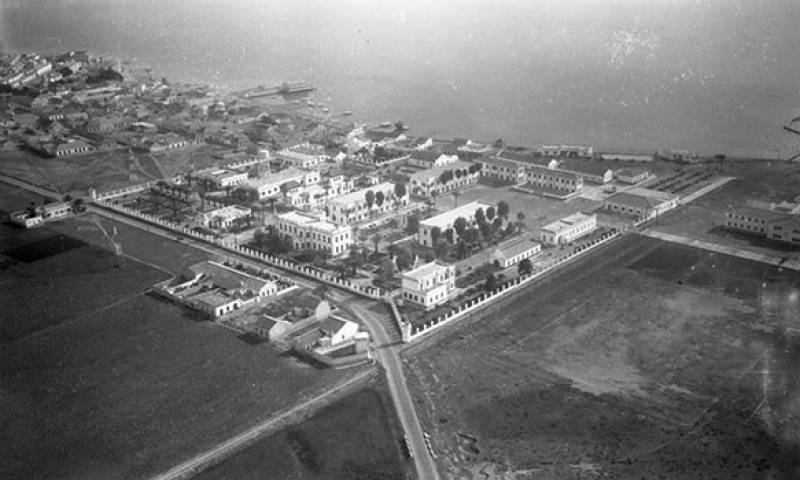 Another visit was made in July 26 by the Duke of Tetuán (the Minister of War) and Honorio Cornejo (Minister for the Navy), and the base continued to contribute to the activity in the town with the annual December celebrations of the Virgen de Loreto (patron of aviators).
Another visit was made in July 26 by the Duke of Tetuán (the Minister of War) and Honorio Cornejo (Minister for the Navy), and the base continued to contribute to the activity in the town with the annual December celebrations of the Virgen de Loreto (patron of aviators).
Led by Alfonso de Orleans y Borbón, a team from Los Alcázares took part in an air show in Getafe (Madrid) in June 1927, but the peak of the base’s Prestige was reached in the years following 1929, when in June an attempt was made to set a new world record by reaching New York in 6 days! This daring endeavour was undertaken by Ramón Franco – the brother of the future dictator Francisco Franco – and pilots Gallarza and Ruíz de Alda on board a seaplane, but they failed to complete the journey.
At this time the facilities included an airfield measuring 1000 x 600 metres, hangars, workshops, a radio and telegraphy station, a train line, mooring ramps and many others including barracks.
Following the Civil War of 1936-39 the role played by military seaplanes diminished rapidly and these days the facilities are used mainly as accommodation overflow for the Air Force Officers Academy in San Javier. The last flight here was in 2015 during the celebrations of the centenary of hydro-aviation in Spain, but this was just a brief reminder of days gone by!
Nowadays guided visits are frequently organized at the base, proving a popular and fascinating addition to the attractions of Los Alcázares all year round, and opposite the main entrance is the local Aeronautical History Museum.
For more local information contact the tourist offices in Los Alcázares or go to the home page of Los Alcázares Today.










